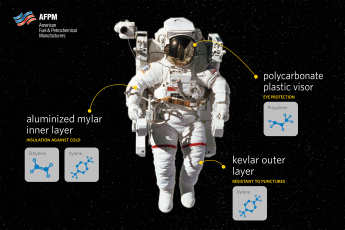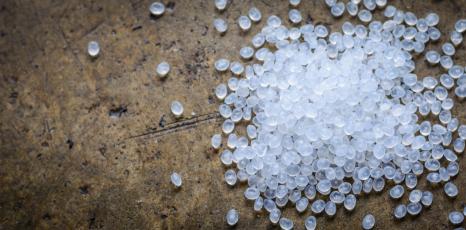If there’s one thing that films like ET and shows like Stranger Things have taught us, it’s that any super-secretive shady government program worth its salt needs hazmat suits. Lots and lots of people in hazmat suits.
Let’s take Stranger Things as Exhibit A. In their quest to recapture Eleven, Dr. Brenner and the rest of the Hawkins Lab crew charge around the Indiana town of Hawkins (and the Upside-Down) in hazmat suits. It’s the same deal with E.T. – after finding E.T. in Elliot’s home, government agents in hazmat suits storm the house and quarantine them.
There must be something about the hazmat suit – the heavy breathing, the inability to make out faces – that really works as a way to portray shady agents on screen. They’re also a good way to kick the drama up a notch. Someone’s in a hazmat suit? You know it’s dangerous. See Lost, Breaking Bad and Bones for further details.
Virus movies love a good hazmat suit too. Contagion and Outbreak simply wouldn’t be the same without people walking around in hazmat suits. After all, nothing’s scarier than an invisible killer germ.
But ironically, the very things that make a hazmat suit so tense and scary on screen are also what make them so effective in the real world. Thanks to hazmat suits (and the petrochemicals they are made out of), healthcare workers could operate effectively in the field when tackling the Ebola virus that recently took hold in western Africa.
The suits themselves are made of heavy PVC, rubber and Tyvek – all of which are made out of petrochemicals, which are derived from oil and natural gas. Not only do healthcare workers (and secretive government operatives) wear them, but firefighters, the military and paramedics also wear them regularly for operations.
If it wasn’t for oil and natural gas, and the petrochemicals that come from them, we’d never have tense TV shows and movies with scary characters in them. We would also not be able to protect healthcare workers and emergency responders as they work in some of our most dangerous modern-day environments.


